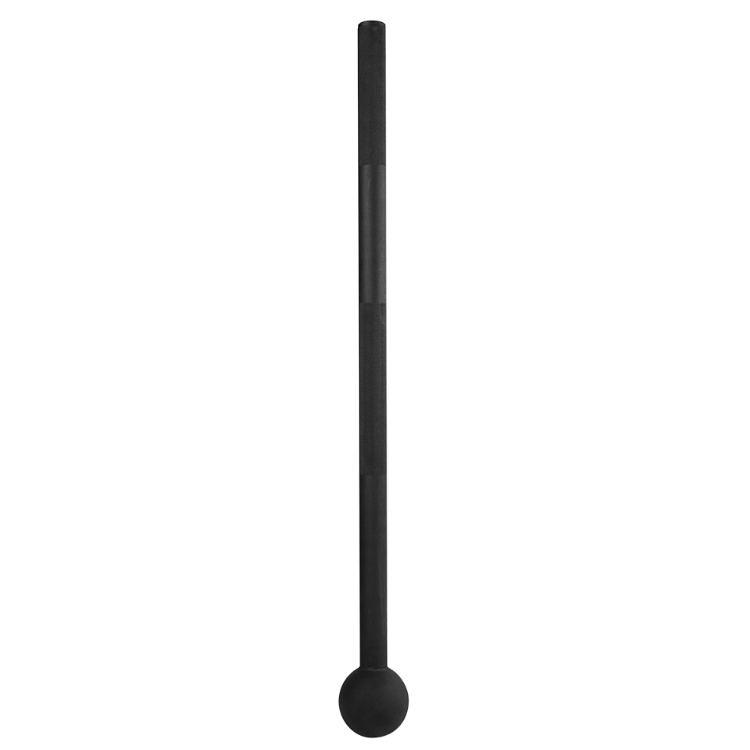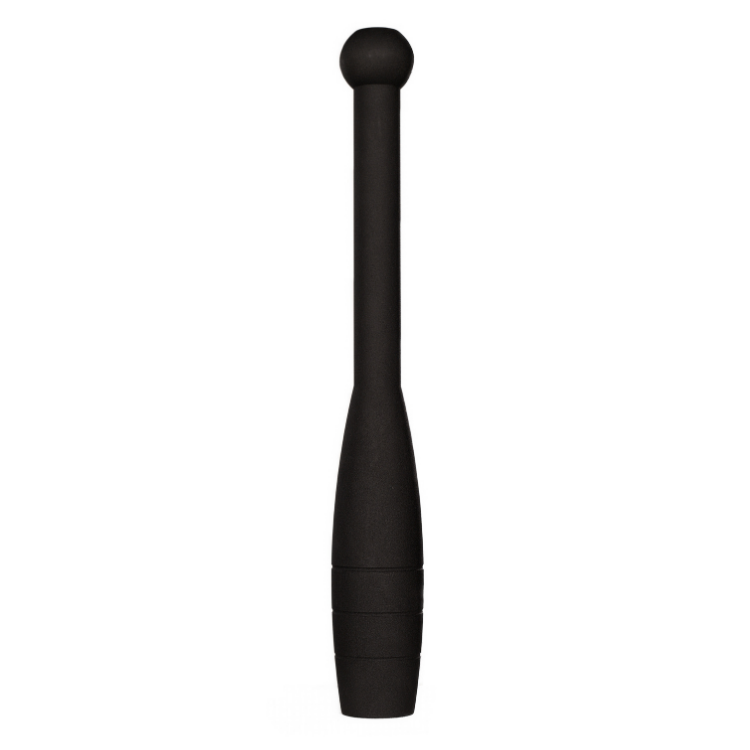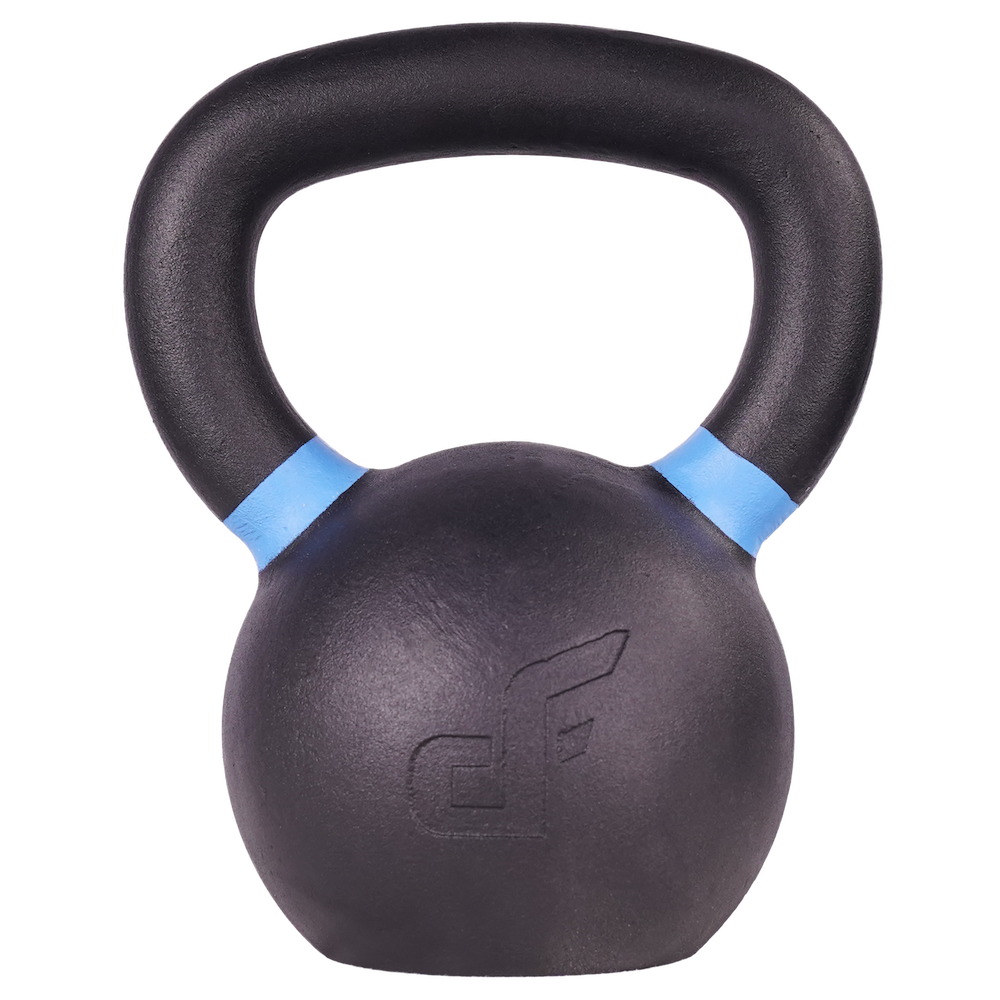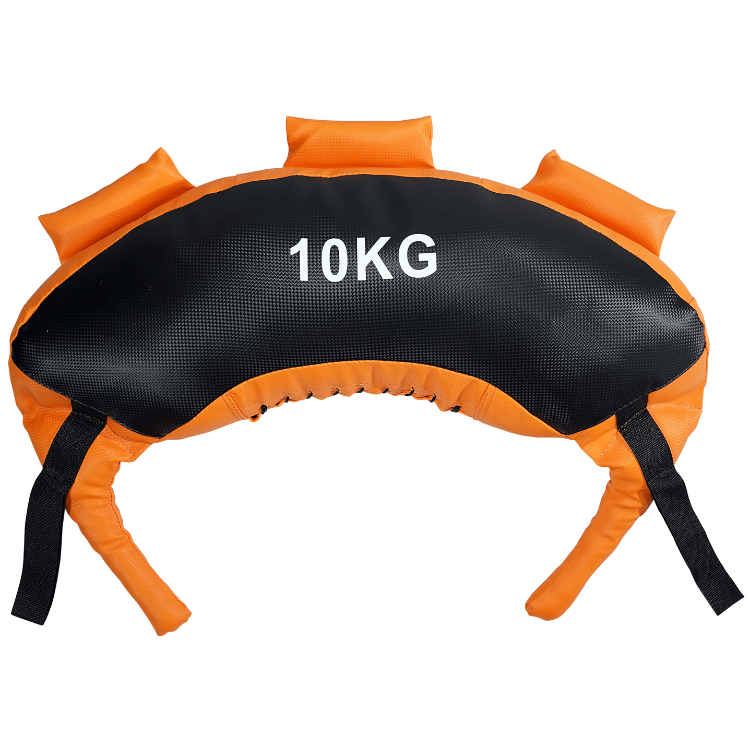A question I get asked often is…
“How should I breathe when I’m kettlebell training'”.
Well… Ultimately, it depends on your training goals.
Here’s a quick breakdown of the differences…
Biomechanical Breathing
Most traditional strength movements require biomechanical breathing where inhaling is performed during the eccentric phase of a movement (lowering the weight), and exhaling is performed during the concentric phase (lifting the weight).
For example, with a kettlebell swing you would inhale during the drop, then exhale during the hip drive of the acceleration phrase.
In biomechanical breathing, the breath is used to IAP (increase intra-abdominal pressure) and maximize force production through a rigid core.
This breathing pattern works well with ballistic movements when external loads are high, and when a lot of tension is needed for a short amount of time (strength and power training).
Anatomical Breathing
With anatomical breathing it works the exact opposite, this breathing pattern is far more economical and suited for endurance rather than power.
For example, during a kettlebell swing you would exhale during the drop and then inhale during the upswing.
This type of breathing pattern is used in the kettlebell sport where longer rounds are performed and for activities such as yoga, Pilates, and some martial arts.
Want to learn more about kettlebell training? Click here to check out our kettlebell instructors course.






